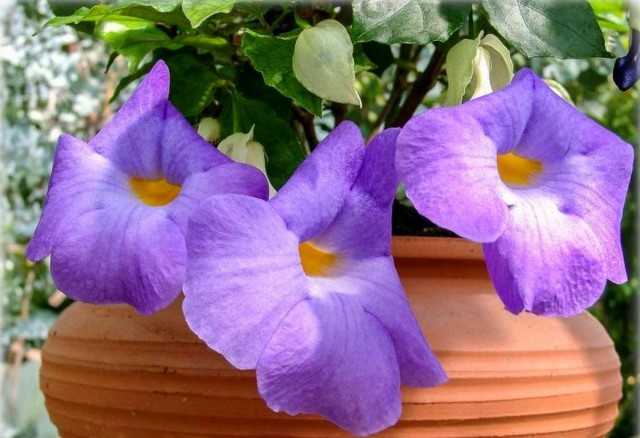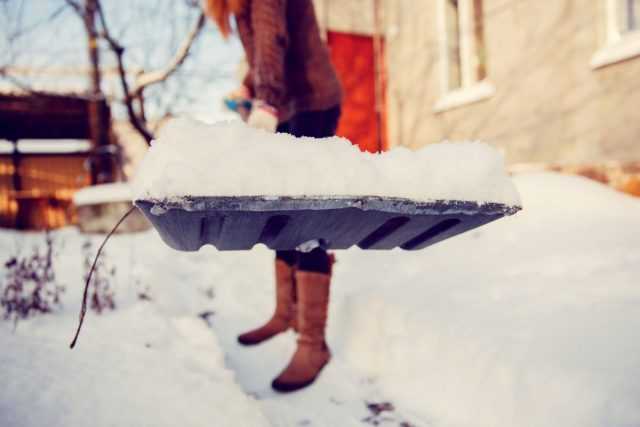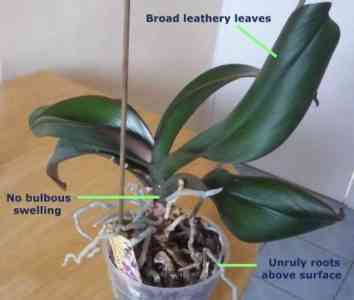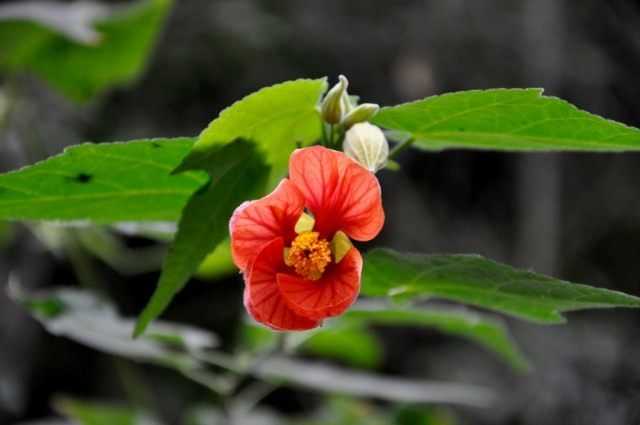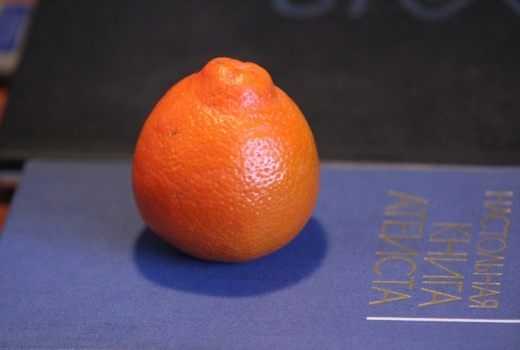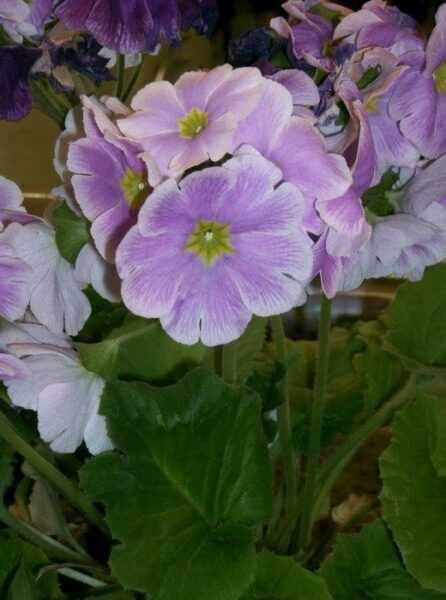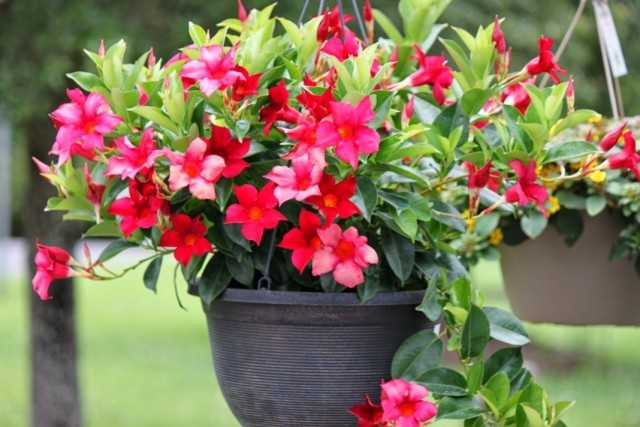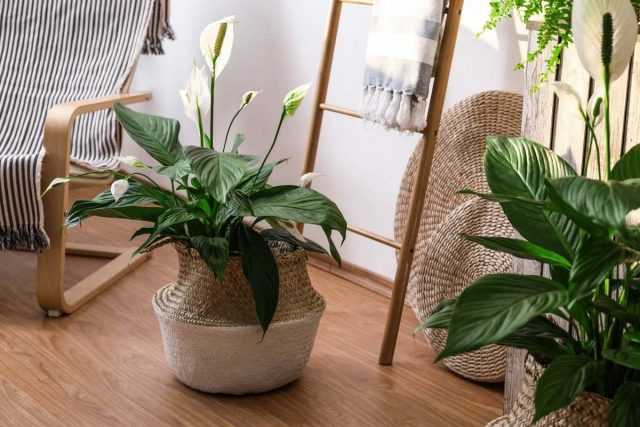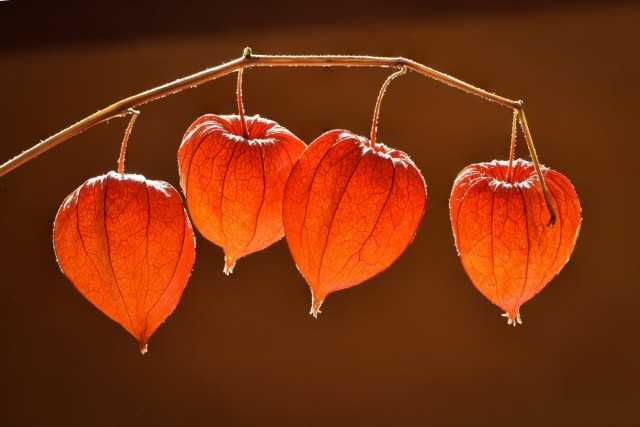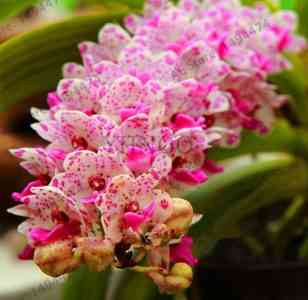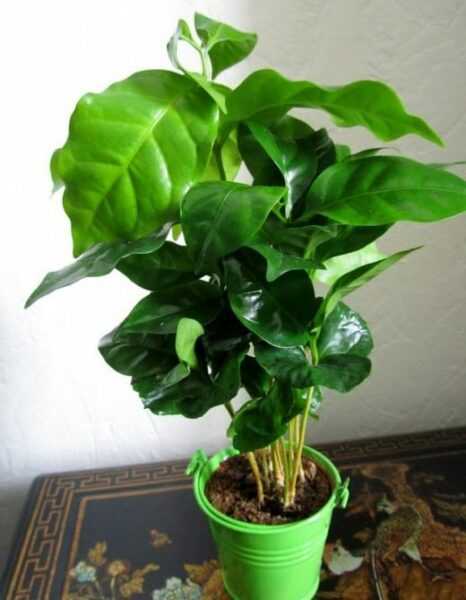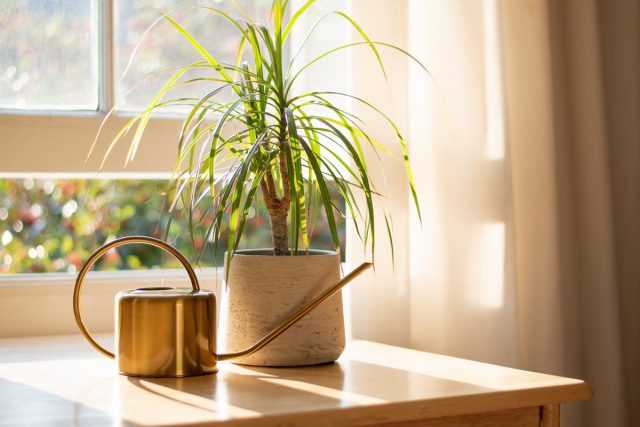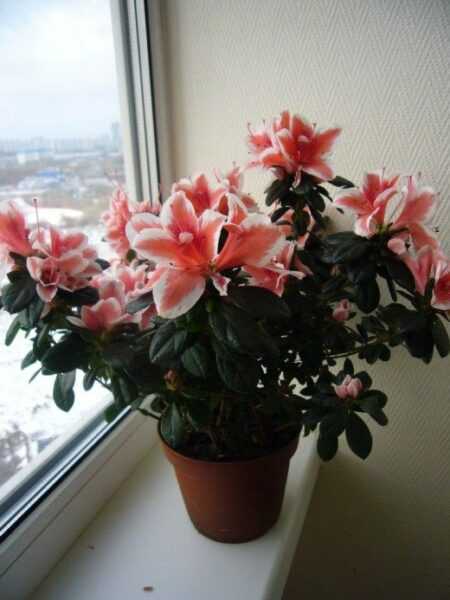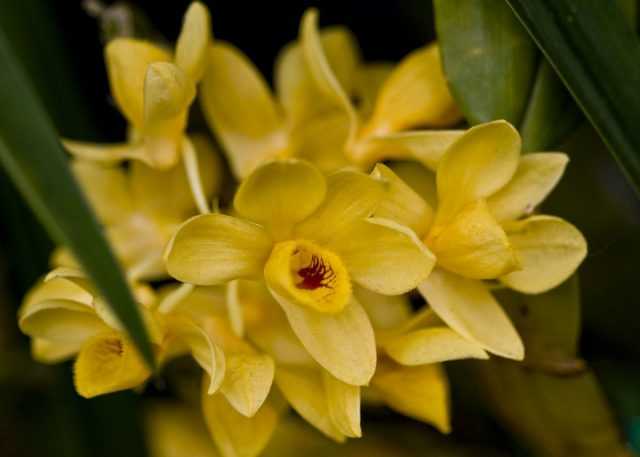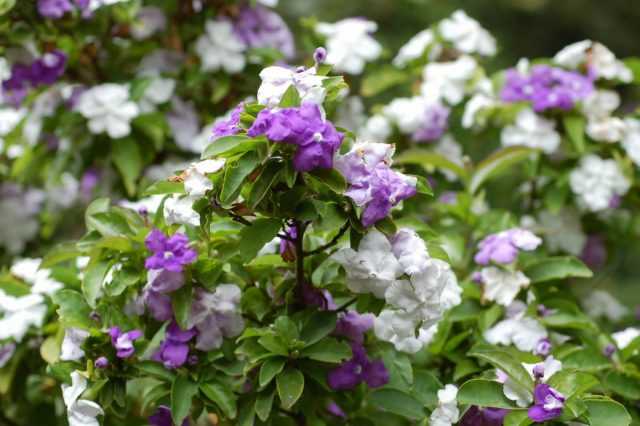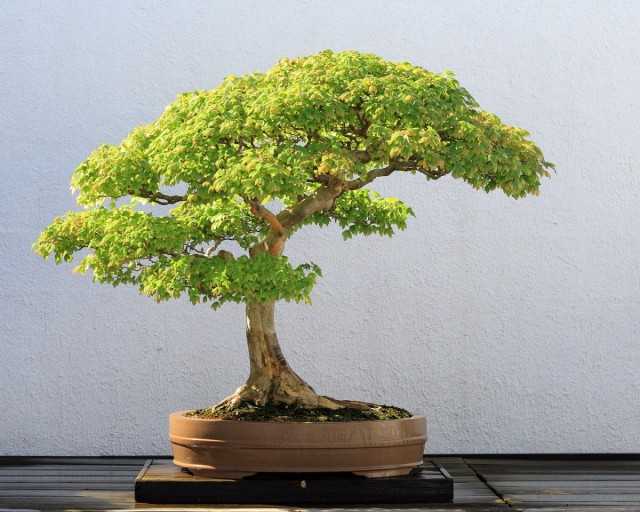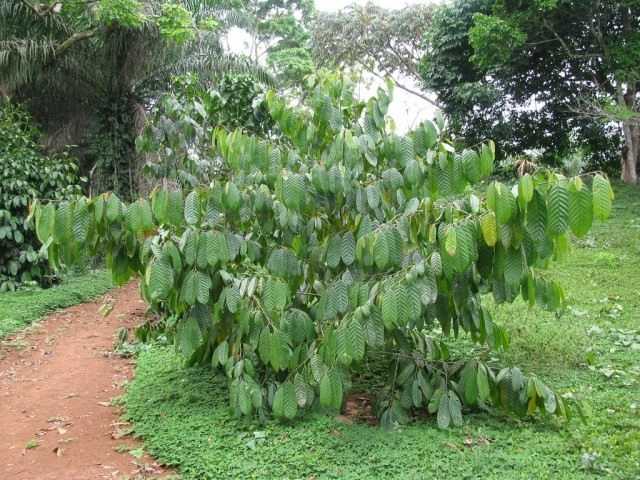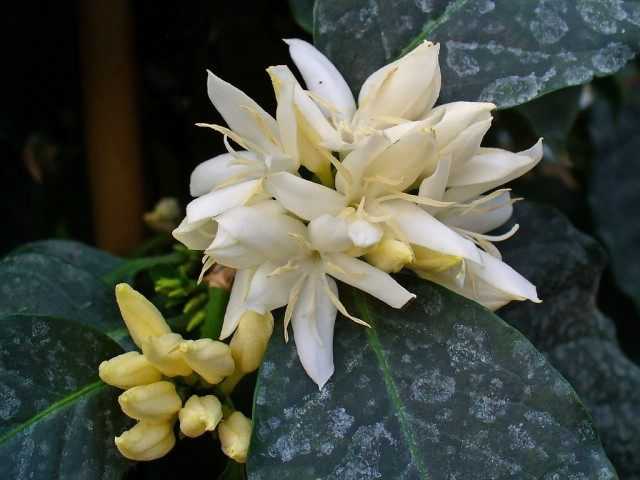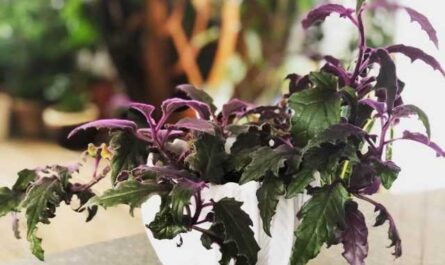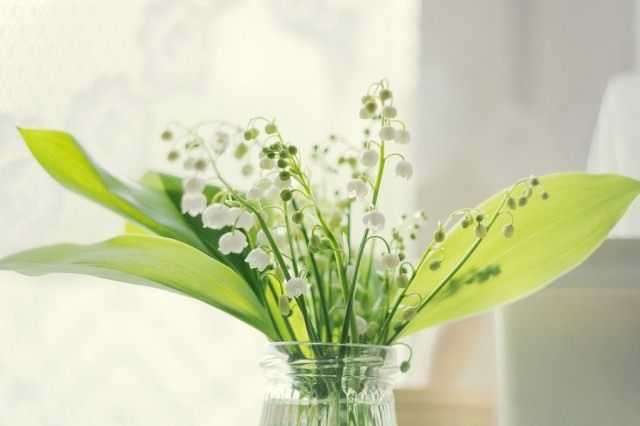More than half a million different species of unique plants grow on our Earth. These include Nepentes, a rare insectivorous predator of the Nepentae family. Under natural conditions, this plant lives on the trunks of tropical and subtropical trees in Asia, Indonesia and distant Australia.
Nepentes. Farmer Burea-Uinsurance.com M anuel
The uniqueness of nepentes lies in the modified large leaves, the petioles of which twine around the branches of a number of growing shrubs and trees. The ends of the leaves are transformed into trapping organs, which are elongated (up to 50 cm) variegated jugs, each of which contains a liquid that is very close in composition to our gastric juice. Insects, falling into such a trap, slide down a fairly smooth inner wall directly into the liquid and are digested in it. Thus, the plant receives all the necessary macro- and microelements for its life.
Nepenthes, or Pitcher (Nepenthes) – the only genus of carnivorous plants of the monotypic family Nepenthaceae, which includes about 120 species.
Why would this plant catch insects? As you know, all nepentes grow on absolutely barren soils, in which there are not enough minerals. The plant receives these substances from insects, and sometimes from frogs and small birds, which accidentally fall into traps.

Growing nepentes
When growing this predator in indoor conditions, you should adhere to some simple requirements. It is recommended to place nepentes in places well lit by daylight diffused light. If the lighting is not enough, you can use fluorescent lamps. They are thermophilic, the temperature of the content should be at the level of +24 .. + 28 ° С, not lower. Plants need regular watering without stagnation of moisture in the root zone.
Specimens suspended or located on the bark of tree crops require high air humidity. They thrive well in terrariums or above water aquariums. The ideal soil for planting nepentes is a special soil consisting of sphagnum moss, charcoal and pine bark in equal proportions. You can not plant nepentes in garden soil and black soil, they will not be able to grow in such a substrate. Over time, growing long shoots need to be tied up.
Reproduction of nepentes
Nepentes reproduce in the warm weather of the spring-summer period mainly by root layers, rarely by seeds and cuttings. For cuttings, cut off the upper part of the shoots 15-20 cm long. Their rooting takes place in moist sphagnum moss. Small seeds of nepentes root well in the substrate of trees, but it is very difficult, almost impossible to do this at home.
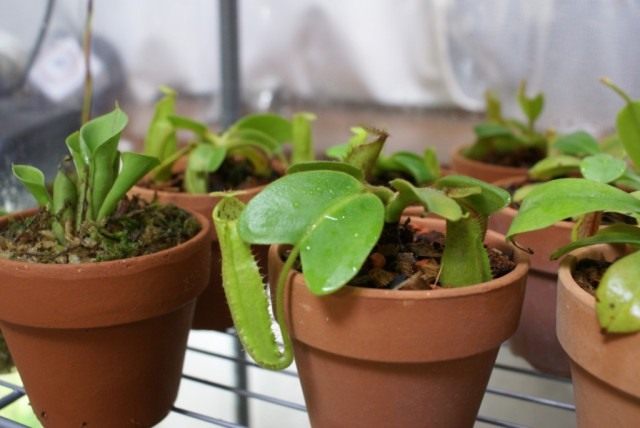
Possible difficulties in growing nepentes
When growing nepentes, you need to be aware of the possible difficulties. In low light, very few (2-3) trapping jugs are formed. Excess nitrogen fertilization weakens the plant and can cause rotting of its individual parts. When kept in moss and pure peat, chlorosis may develop. Nepentes can be damaged by aphids and mealybugs, and does not tolerate the use of chemicals. Gray spots often appear on its leaves, the cause of which is improper care of the plant.
